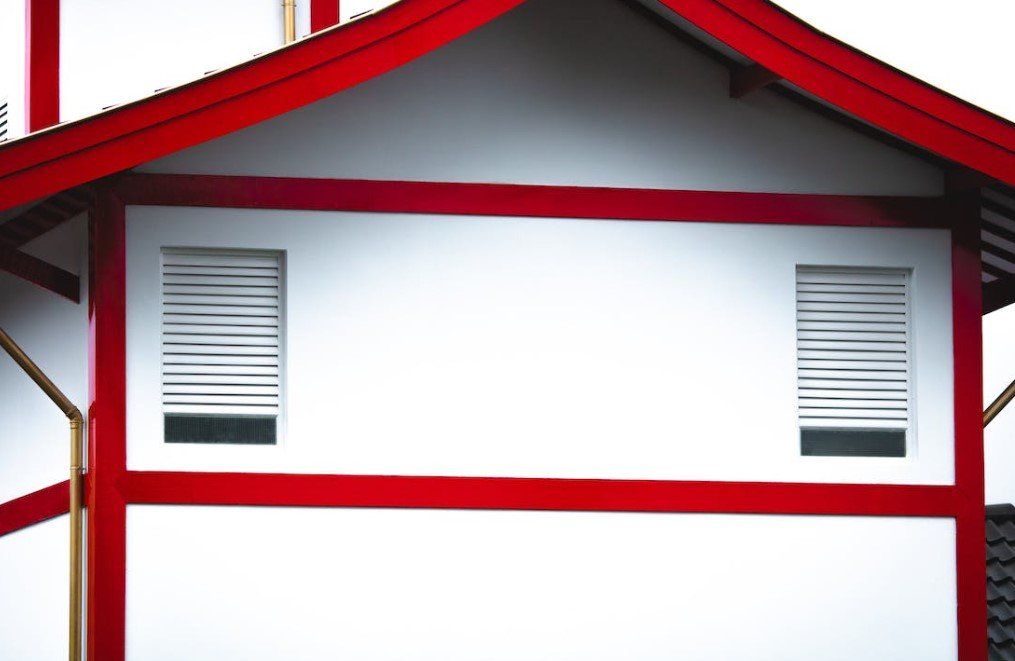This guide will help you effectively eliminate those pesky carpenter bees that have been causing damage to your property. By following these proven methods, you can protect your home and outdoor structures from further infestation. With the right techniques and tools at your disposal, you’ll be able to take back control and keep those wood-boring insects at bay for good.
Key Takeaways:
- Identify the problem: Look for the signs of carpenter bee infestations such as round entry holes and sawdust piles near wooden structures.
- Preventive measures: Paint or stain exposed wood, fill in holes with steel wool or caulk, and use pressure-treated wood to discourage carpenter bees from nesting.
- Natural deterrents: Hang decoy nests, use citrus sprays, or plant bee-repelling plants like eucalyptus and mint around the area.
- Professional help: If the infestation is severe, consider hiring a pest control expert to safely and effectively remove carpenter bees.
- Regular maintenance: Inspect and maintain wooden structures regularly to catch and prevent carpenter bee infestations early on.
Understanding Carpenter Bees
The carpenter bee is a common insect found in various parts of the world. These bees are often mistaken for bumblebees due to their similar appearance, but they have distinct characteristics and behaviors. Understanding carpenter bees is necessary in effectively dealing with infestations and protecting your property.
Identifying Carpenter Bees
You can identify carpenter bees by their large size, shiny black abdomen, and yellow markings on their bodies. Female carpenter bees have stingers but are usually docile unless provoked. These bees are solitary insects that do not live in hives like honeybees. Instead, they create tunnels inside wood to build their nests, which can lead to structural damage over time.

Learning Carpenter Bee Behavior
Bees prefer to nest in untreated wood, such as decks, eaves, and wooden furniture. They are most active during the spring and summer months, with mating and nesting taking place during this time. Carpenter bees can be territorial and will defend their nests if they feel threatened. It’s crucial to understand their behavior patterns to effectively manage and prevent infestations.
How-To Get Rid of Carpenter Bees
Natural Remedies
The best way to tackle carpenter bee infestations naturally is by using deterrents that make your home less appealing to these pests. You can start by painting or staining any exposed wood surfaces on your property, as carpenter bees are attracted to untreated wood. Hanging decoy nests or placing citrus peels near the affected areas can help repel them.
Chemical Treatments
If natural remedies don’t do the trick, you may need to resort to chemical treatments. Products containing pyrethroids or carbaryl can effectively eliminate carpenter bees. Be sure to follow the instructions on the label carefully and wear protective gear when applying these chemicals to protect yourself from any potential harm.
Chemical treatments should only be used as a last resort since they can be harmful to the environment and pose risks to other non-targeted insects. It’s important to weigh the pros and cons before opting for this method.
Preventive Measures
With regular maintenance, you can prevent carpenter bees from making a home on your property. Fill in any gaps or holes in the wood, and seal off potential entry points to discourage them from nesting. Applying a coat of polyurethane or varnish to wooden surfaces can also make them less attractive to carpenter bees.
To protect your home in the long term, it’s important to stay proactive and inspect your property regularly for any signs of carpenter bee activity. By taking these preventive measures, you can safeguard your property from future infestations.
Tips for Effective Carpenter Bee Control
Regular Inspections
One of the most important steps in controlling carpenter bees is to conduct regular inspections of your property. By closely monitoring the wooden structures around your home, you can identify any signs of carpenter bee activity early on.
Look for perfectly round holes in the wood, sawdust piles beneath the holes, and bees flying around the area. If you discover any of these signs, it’s crucial to take action promptly to prevent further damage.
The key to successful carpenter bee control is to catch infestations early before they become widespread and difficult to manage.
Quick Action
To effectively control carpenter bees, you must act quickly upon discovering their presence. Once you’ve identified carpenter bee activity, seal off any existing holes with wood putty or caulking to prevent bees from returning to the same area.
It’s also necessary to treat the infested wood with an appropriate insecticide to kill existing bees and deter future ones from nesting. By taking swift action, you can minimize damage and protect your property from further infestations.
Seeking Professional Help
If you find yourself overwhelmed by carpenter bee infestations or if the problem persists despite your efforts, it may be time to seek professional help. Pest control experts have the knowledge, experience, and specialized tools to effectively eradicate carpenter bees from your property.
Professional exterminators can assess the extent of the infestation, recommend the best course of action, and safely eliminate carpenter bee colonies. By enlisting the help of professionals, you can ensure thorough and long-lasting control of carpenter bees.
Conclusion
So, now you have all the knowledge and tools you need to get rid of carpenter bees in and around your home. By identifying their nests, using preventive measures like painting or staining wood, filling holes with steel wool, and using insecticidal dust, you can effectively eliminate these pests and prevent further damage to your property. Remember to wear protective gear and follow safety precautions when dealing with carpenter bees to ensure a successful removal process.
By following these steps and being diligent in your approach, you can enjoy a carpenter bee-free environment and protect your property from their destructive habits. If you find yourself overwhelmed or unable to handle the infestation on your own, don’t hesitate to seek help from professional pest control services to ensure that the problem is fully resolved. With persistence and the right strategies, you can effectively manage and eliminate carpenter bees from your surroundings.
FAQ
Q: What Are Carpenter Bees?
A: Carpenter bees are large bees that bore into wood to make their nests. They are usually solitary bees that can cause damage to wooden structures over time.
Q: How Can I Identify a Carpenter Bee Infestation?
A: Signs of a carpenter bee infestation include small round holes in wood, sawdust-like material called frass beneath the holes, and buzzing sounds near wooden structures.
Q: What Are the Risks of Carpenter Bee Infestations?
A: Carpenter bees can cause structural damage to wooden buildings, decks, and furniture. In addition, their presence can attract woodpeckers, which further damage the wood trying to feed on the bees.
Q: How Can I Get Rid of Carpenter Bees Naturally?
A: To get rid of carpenter bees naturally, you can try hanging a decoy nest, filling in the holes with steel wool, using citrus oil or almond oil spray, or applying a dust insecticide such as diatomaceous earth.
Q: When Should I Call a Professional Exterminator for Carpenter Bees?
A: If the carpenter bee infestation is extensive or persistent, it’s best to call a professional exterminator. They can assess the situation, provide effective treatment options, and help prevent future infestations.














